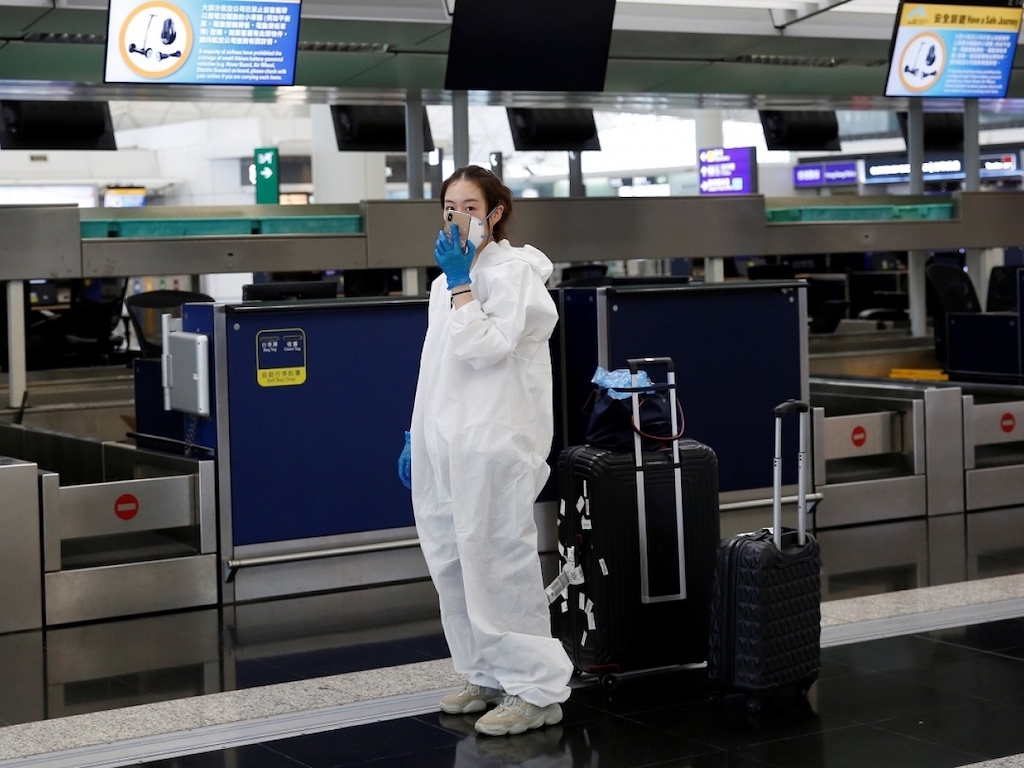3 Mins Read
It is undeniable that the coronavirus pandemic has decimated the global travel industry. By April, coronavirus travel restrictions on international arrivals were in place for over 90% of the world’s population of more than 7 billion people. Although lockdowns are beginning to ease in many countries, the disruption to air travel, say experts, will likely last for months or even years to come. So what might travel look like in the future?
Hong Kong-based journalist and photographer Laurel Chor recently detailed her experience of returning to Hong Kong after flying from Paris-Charles De Gaulle airport via London Heathrow. Bearing in mind that Hong Kong’s procedures are specifically designed to prevent local transmissions that could lead to another outbreak in the city where the virus situation has calmed in the past weeks – which means it is unlikely to be a feasible solution for many other major cities in the world – Chor’s experience might give us a snapshot of how different global travel will be going forward and what flying will look like in post-pandemic times, so we’re sharing it.
1. There will be far fewer people on planes
2. When you land, you are given a quarantine order
Upon her arrival, Chor was given a quarantine order (as per Hong Kong’s mandatory quarantine guidelines for all foreign arrivals), had to fill in a health declaration form and received a tracking bracelet that had to be registered with a downloaded phone app.
3. The airport staff in full personal protection gear (PPE)
Passengers can proceed to immigration and baggage collection once armed with the tracking device. Airport staff are geared in full personal protective equipment (PPE), while incoming arrivals are clearly marked as people who must undergo coronavirus testing.
4. All passengers learn to self-test with an instructional video
5. There are individual booths to conduct coronavirus self-testing including a throat swab
After learning how to self-test, passengers are directed to individual booths to swab their throat and place them in sample bags before handing it in.
6. You wait at appropriate socially distances for your test results – it could take a while
Chor says that there was a “conscious effort” to avoid promising how long it would take to receive the results. Some parents who were travelling with their children killed time by studying or doing homework.
Meals were also handed out, with a vegetarian option available.
Each person has a rubbish bag for their used items, which are taken away and replaced by cleaning staff. Toilets for the area are also regularly cleaned.
Clear house rules are provided to all arrivals who are waiting results.
7. Getting your test results feels like a bingo game
After the long and socially distanced wait in the designated room, the health officials will call out your name and seat number to give you your individual test results. If you are tested negative, you may proceed to leave the airport for your mandatory home quarantine.
8. You then returning home for compulsory 14-day quarantine (if you test negative)
All individuals arriving in Hong Kong, even if tested negative, must now undergo a 14-day home quarantine, which involved wearing a tracking bracelet and not going outside even for groceries. Each person is provided a bilingual manual on rules that must be followed for the 2-week period. Fines and jail time await those who break their quarantine.
And if you test positive?
You will be immediately be sent to a hospital for treatment. More details here.
Traveling is going to change no doubt. Above is one version of how it could look for you. Of coure, it depends on the country. Many nations are opting to keep their borders closed until the end of the year. There is talk of “quarantine passports” showing things like vaccines and test results. Aviation professionals are warning the public that tickets will be far more expensive as airlines battle rising costs included things like increased sanitation measures and leaving empty seats to keep travellers socially distanced. Business travel will no doubt decrease as many companies have realised that a lot can be done over Zoom. One thing’s for sure, it’s a brave new world.
Lead image courtesy of Reuters.




